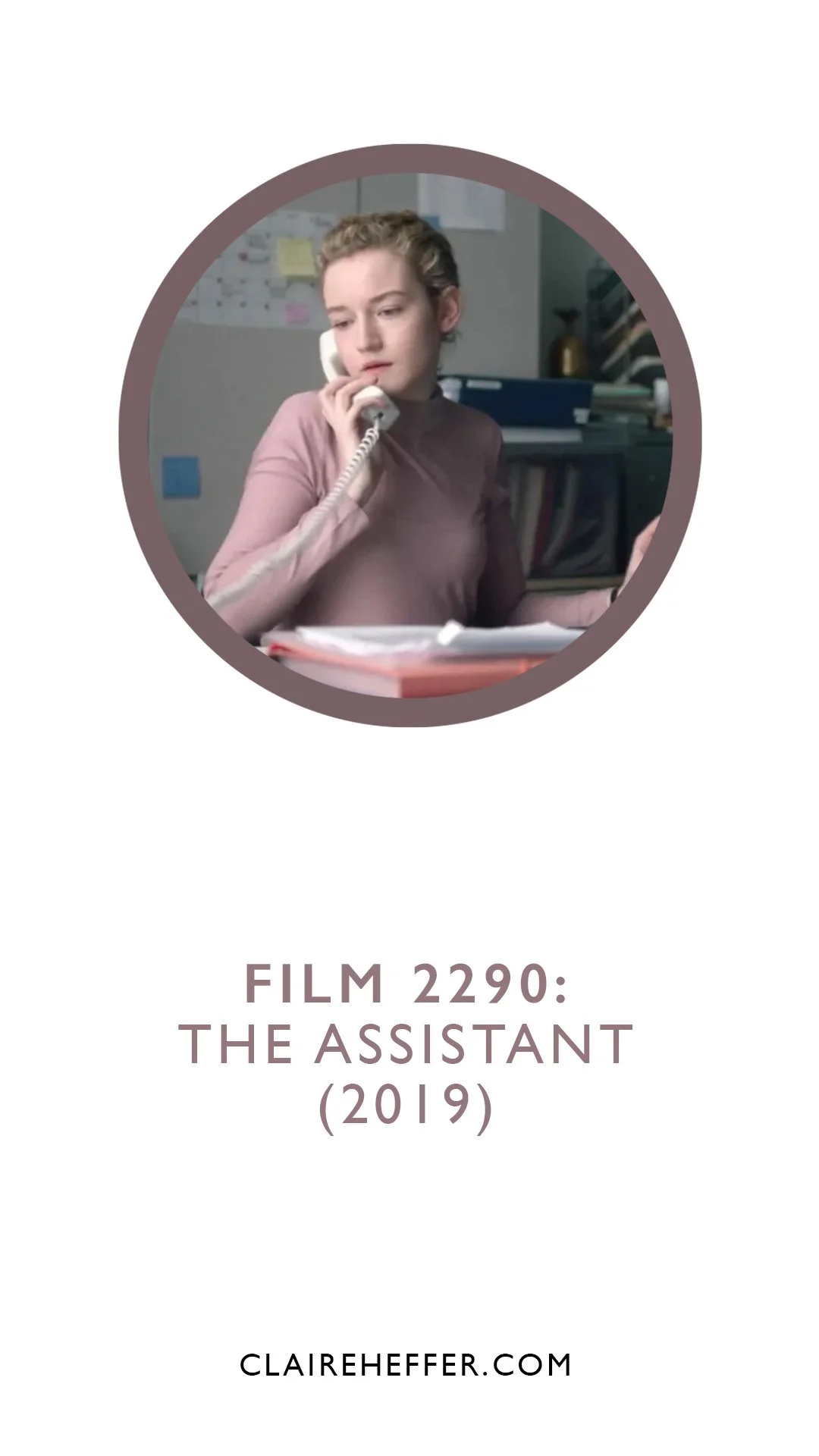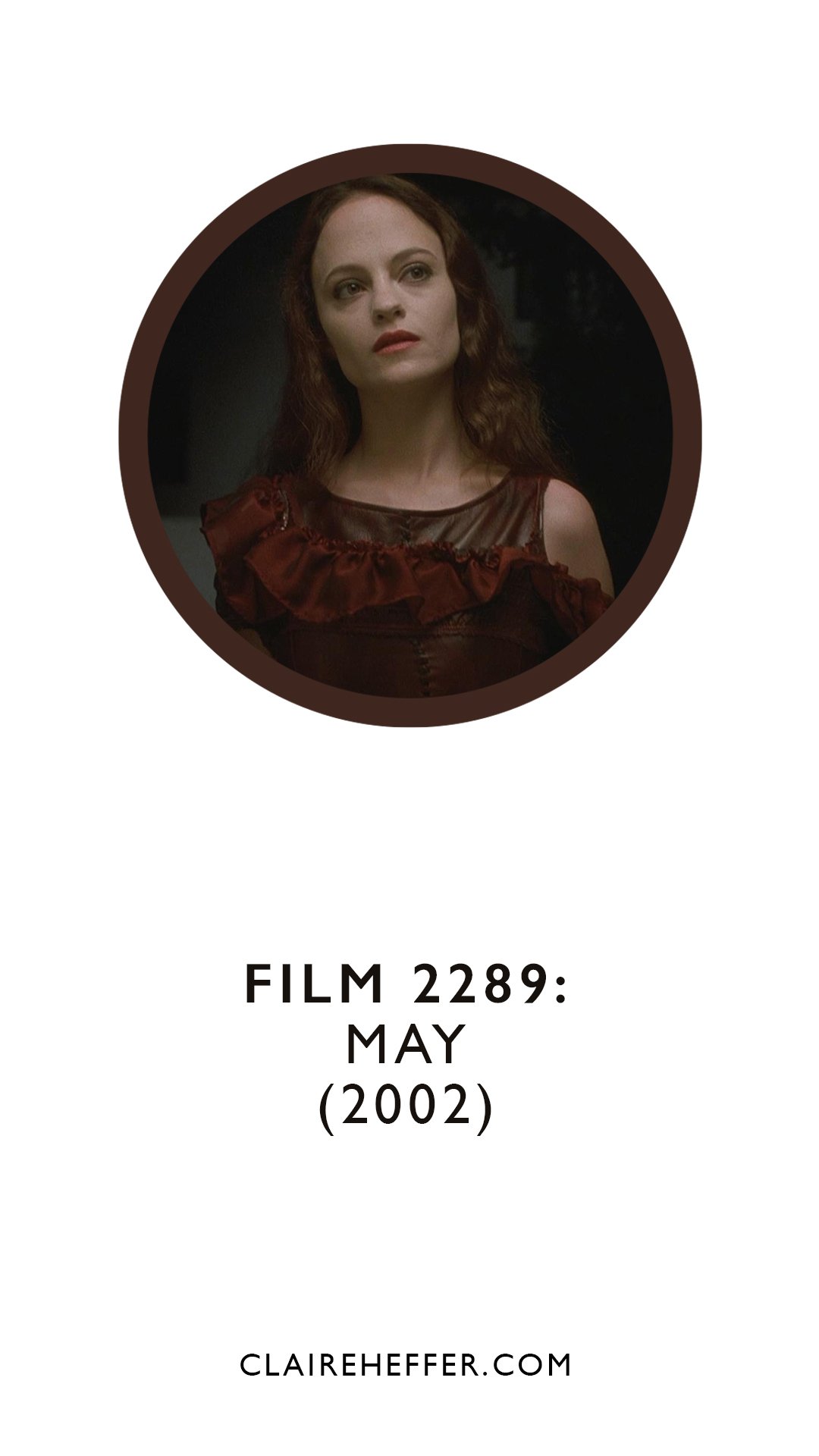FILM 2157: REAR WINDOW (1954)
FILM 2157: REAR WINDOW (1954)
TRIVIA: According to Georgine Darcy, the scene in which the man and woman on the fire escape struggle in their attempt to get in out of the rain can be attributed to a prank by Sir Alfred Hitchcock. Each actor and actress in the apartment complex facing Jeff's rear window wore an earpiece through which they could receive Hitchcock's directions. Hitchcock told the man to pull the mattress in one direction and told the woman to pull in the opposite direction. Unaware that they had received conflicting directions, the couple began to fight and struggle to get the mattress inside once the crew began filming the scene. The resulting mayhem in which one of the couple is tossed inside the window with the mattress provided humor and a sense of authenticity to the scene, which Hitchcock liked. He was so pleased with the result that he did not order another take.
The entire movie was shot on one set, which required months of planning and construction. The apartment-courtyard set measured ninety-eight feet wide, one hundred eighty-five feet long, and forty feet high, and consisted of thirty-one apartments, eight of which were completely furnished. The courtyard was set twenty to thirty feet below stage level, and some of the buildings were the equivalent of five or six stories high. This movie was shot quickly on the heels of Dial M for Murder (1954), November 27, 1953 to January 13, 1954.
During the month-long shoot, Georgine Darcy (Miss Torso), "lived" in her apartment all day, relaxing between takes as if really at home.
Sir Alfred Hitchcock gave Georgine Darcy free range to choreograph her own dance moves for her character, Miss Torso. Darcy was to dance on her own volition during filming. Hitchcock's only restriction was that he forbade her to take professional dance lessons, as he wanted her to maintain the imprecision of an amateur dancer.
By most accounts, everyone was crazy about Grace Kelly. According to James Stewart, "Everybody just sat around and waited for her to come in the morning, so we could just look at her. She was kind to everybody, so considerate, just great, and so beautiful." Stewart also praised her instinctive acting ability and her "complete understanding of the way motion picture acting is carried out."
In Cornell Woolrich's short story on which this movie was based, it's not revealed until the last line that the hero has a broken leg.
The only movie in which Grace Kelly is seen with a cigarette. She refused to smoke in movies, except this one.
In addition to Patrick Mahon, Sir Alfred Hitchcock noted in the modern interview that the 1910 case of Dr. Hawley Harvey Crippen also served as an inspiration for this movie. Crippen, an American living in London, poisoned his wife and cut up her body, then told police that she had moved to Los Angeles. Crippen was eventually caught after his secretary, with whom he was having an affair, was seen wearing Mrs. Crippen's jewelry, and a family friend searched unsuccessfully for Mrs. Crippen in California. After Scotland Yard became involved, Crippen and his mistress fled England under false names and were apprehended on an ocean liner. Police found parts of Mrs. Crippen's body in her cellar.
Sir Alfred Hitchcock supposedly hired Raymond Burr to play Lars Thorwald because he could be easily made to look like his old producer David O. Selznick, who Hitchcock felt interfered too much.
This movie was unavailable for three decades because its rights (together with four other movies of the same period) were bought back by Sir Alfred Hitchcock, and left as part of his legacy to his daughter. They've been known for long as the infamous "Five Lost Hitchcocks" amongst movie buffs, and were re-released in theatres around 1984 after a thirty-year absence. The others are The Man Who Knew Too Much (1956), Rope (1948), The Trouble with Harry (1955), and Vertigo (1958). However, prior to the theatrical re-releases in the 1980s, this movie was televised once, in 1971, on ABC, although the network technically did not have the legal right to do so.
The love affair between war photographer Robert Capa and Ingrid Bergman is believed to be Sir Alfred Hitchcock's inspiration for this movie's romantic aspect.
Grace Kelly may have been a bit too beautiful and friendly, at least for the Paramount Pictures publicity department and James Stewart's wife. Known privately as a sexually free young woman, Kelly often had affairs with her leading men, and she made everyone nervous by confessing to gossip columnists that she found Stewart one of the most masculinely attractive men she ever met.
Director Sir Alfred Hitchcock spent a great deal of time with costume designer Edith Headon Grace Kelly's look, which was characteristic of his often obsessive relationship with his leading ladies. One costume he fretted over was the negligee Lisa wears to spend the night at Jeff's. He quietly pulled Head aside and suggested falsies to give Kelly a bustier look. Head and Kelly, however, made only a few changes in costume construction and posture. Hitchcock was fooled into thinking Kelly had been padded, and approved the look.
The 35mm camera that James Stewart holds with the huge telephoto lens attached is an early 1950s Exakta VX (also known as the "Varex" outside the U.S.) manufactured in Dresden, (east) Germany. The lens is a 400mm Kilfitt. The Paramount Pictures property department purposely covered over the name with black masking tape.
Despite big box-office success and four Oscar nominations, the film failed to score a best picture Oscar nomination, any acting nominations, or (most surprisingly) a nomination for the fantastic set design.
The top-grossing film of 1954.
In 2007, the American Film Institute ranked this as the 48th Greatest Movie of All Time.
Included among the American Film Institute's 1998 list of the Top 100 Greatest American Movies.
This movie is included on Roger Ebert's "Great Movies" list.
DIRECTOR CAMEO: (Sir Alfred Hitchcock): (At around twenty-five minutes) Winding the clock in the songwriter's apartment. The songwriter is real-life songwriter Ross Bagdasarian, Creator of Alvin and the Chipmunks.
Included among the "1001 Movies You Must See Before You Die", edited by Steven Schneider.
I’m making my way through the book "1001 Movies You Must See Before You Die", edited by Steven Schneider. See my blog post about my copy of the book here…
You can buy an updated version (which I will get after I’ve made my way through this edition) here…
I really hope you can come on this journey with me – if you do I’d love to know which films you’ve enjoyed the most!
This is featured on the podcast We Hate Movies https://www.exactlyrightmedia.com/i-saw-what-you-did episode I Was My Own Cool Brother.
Watch this here…

















